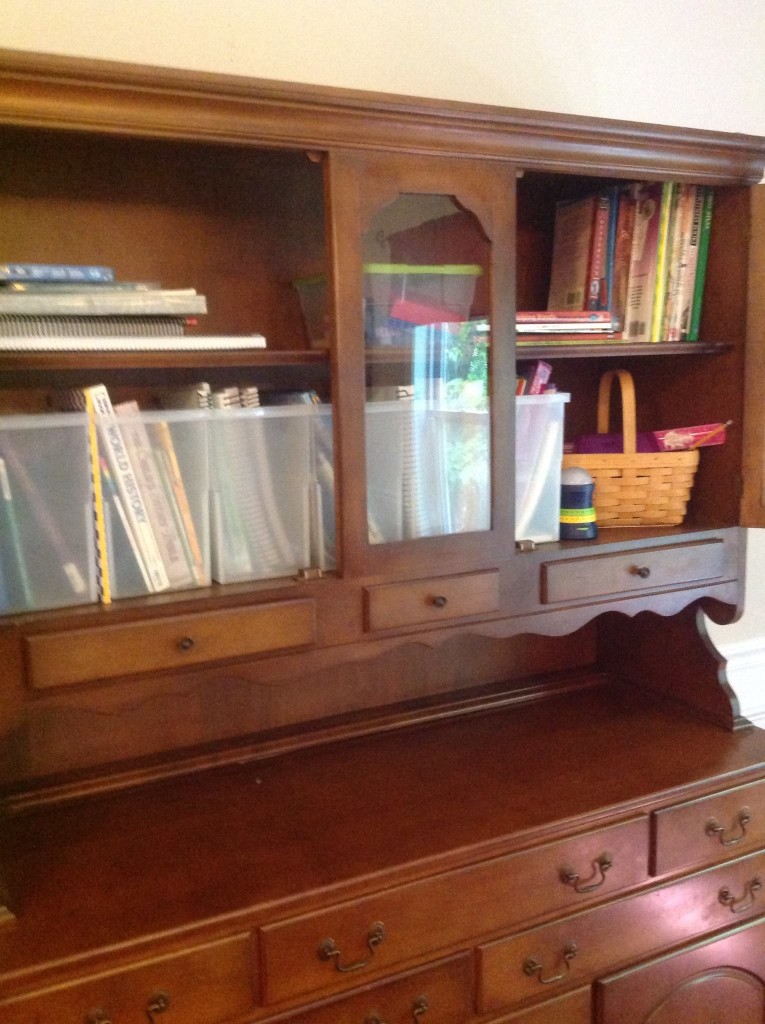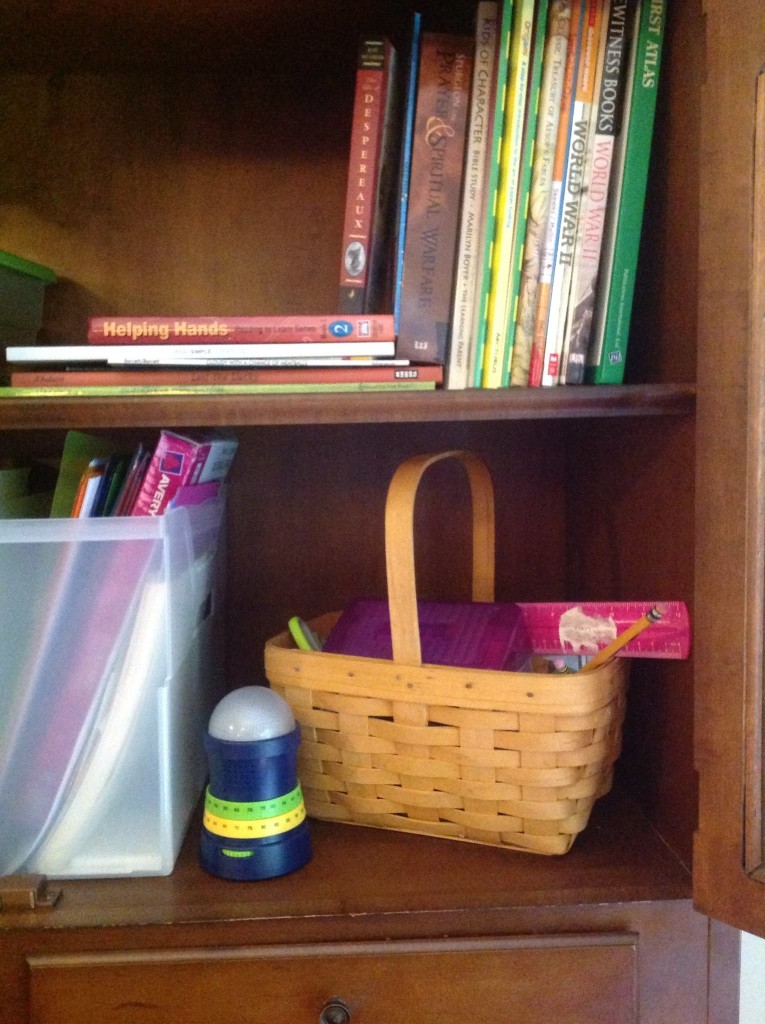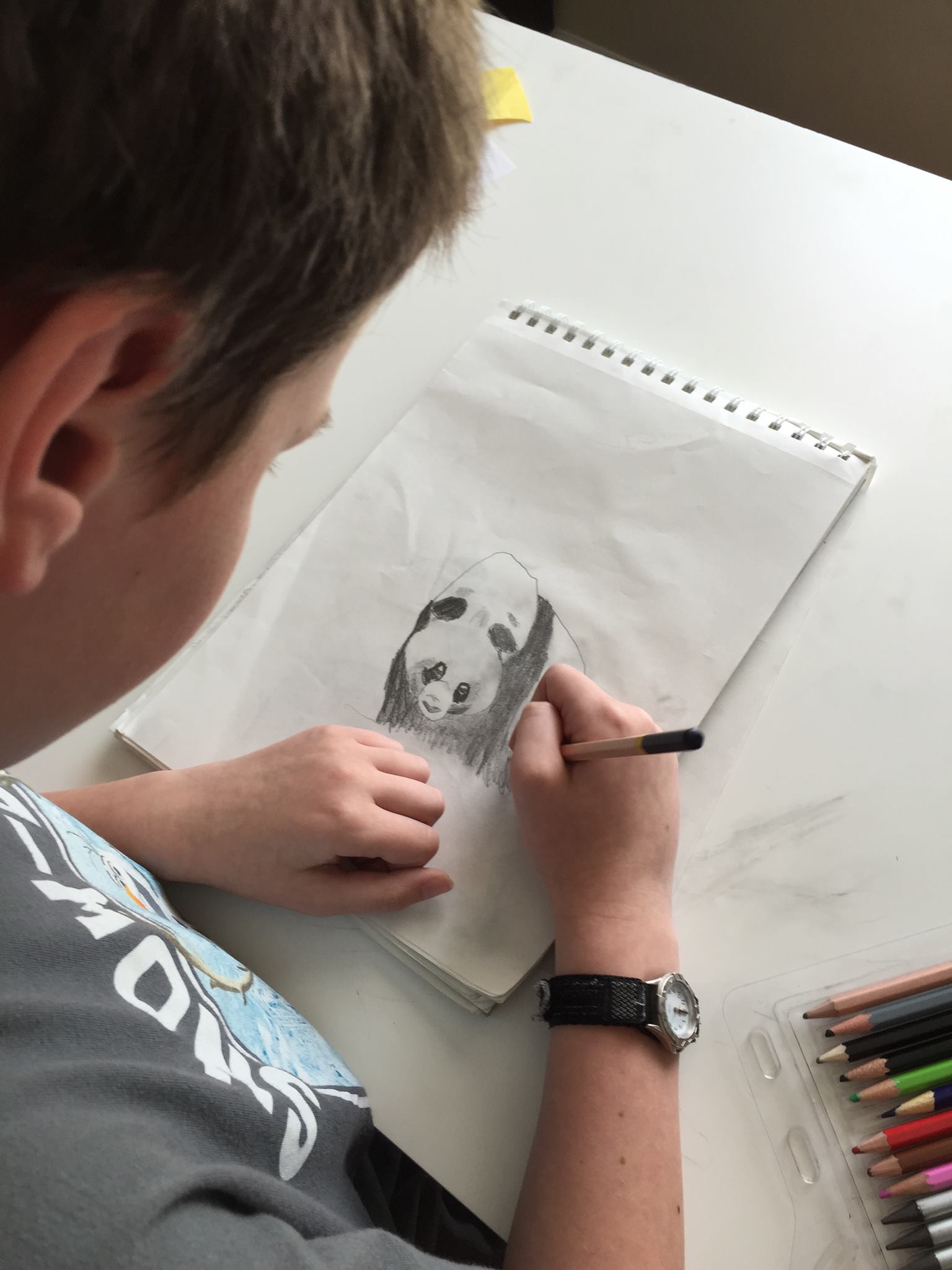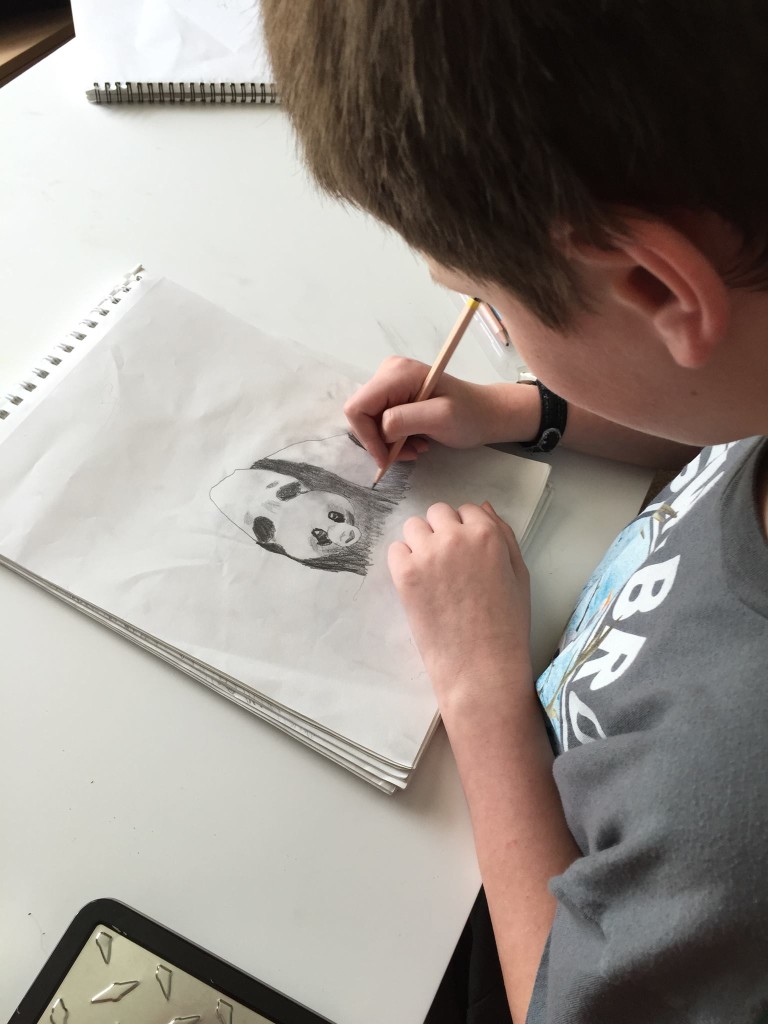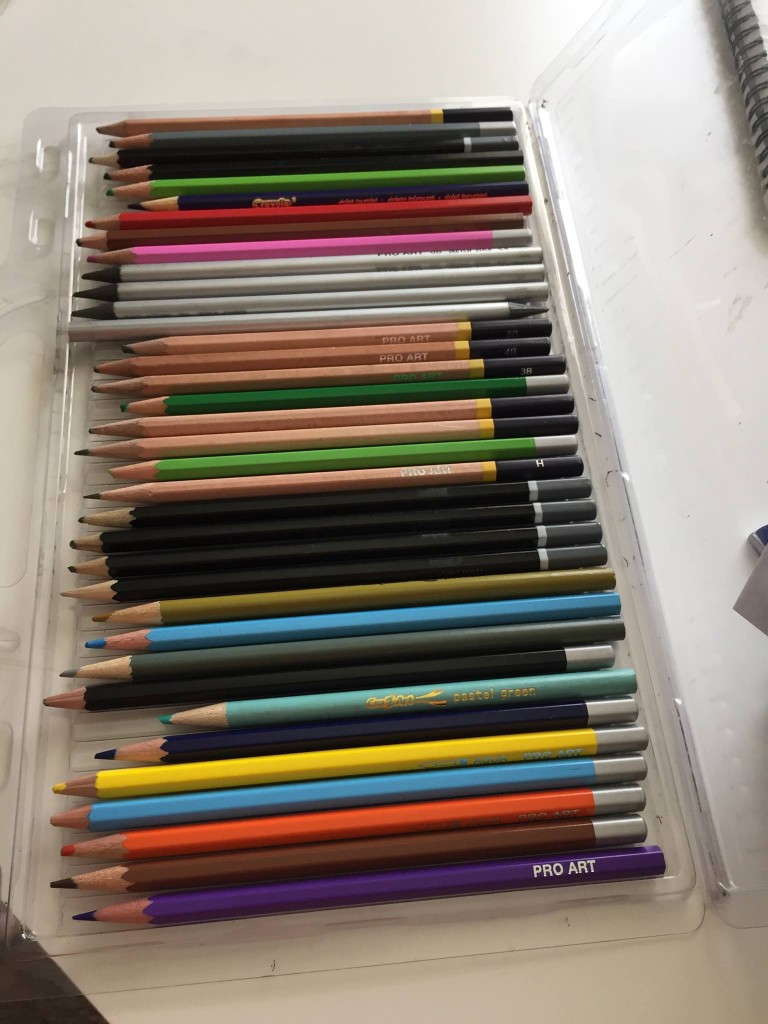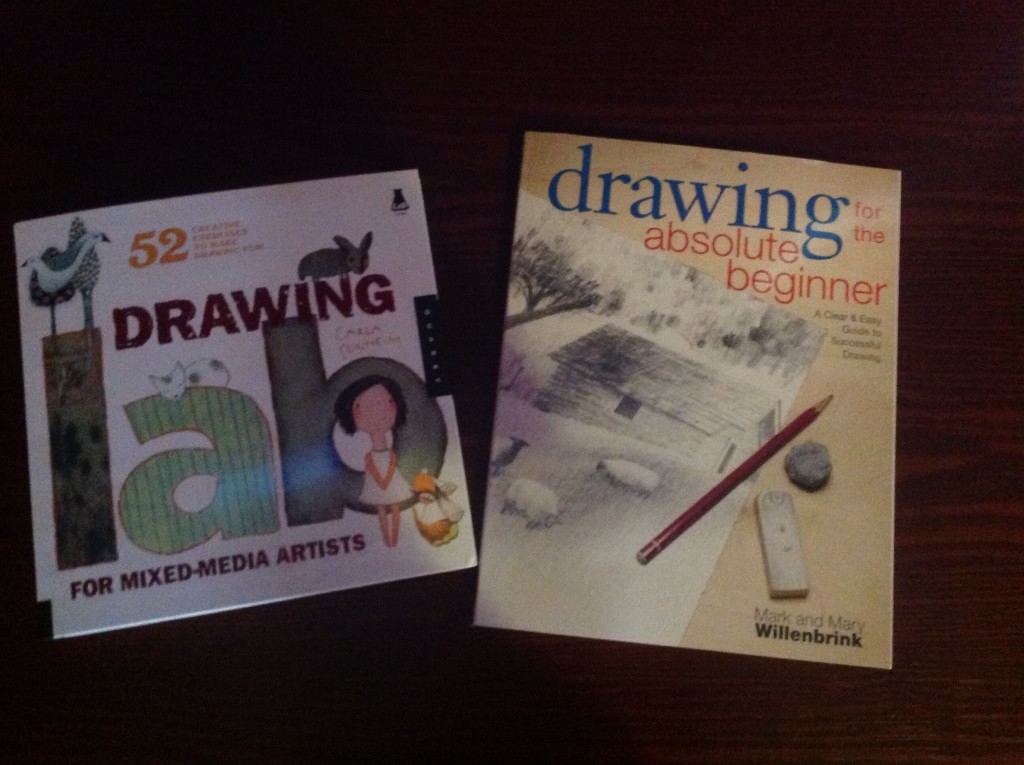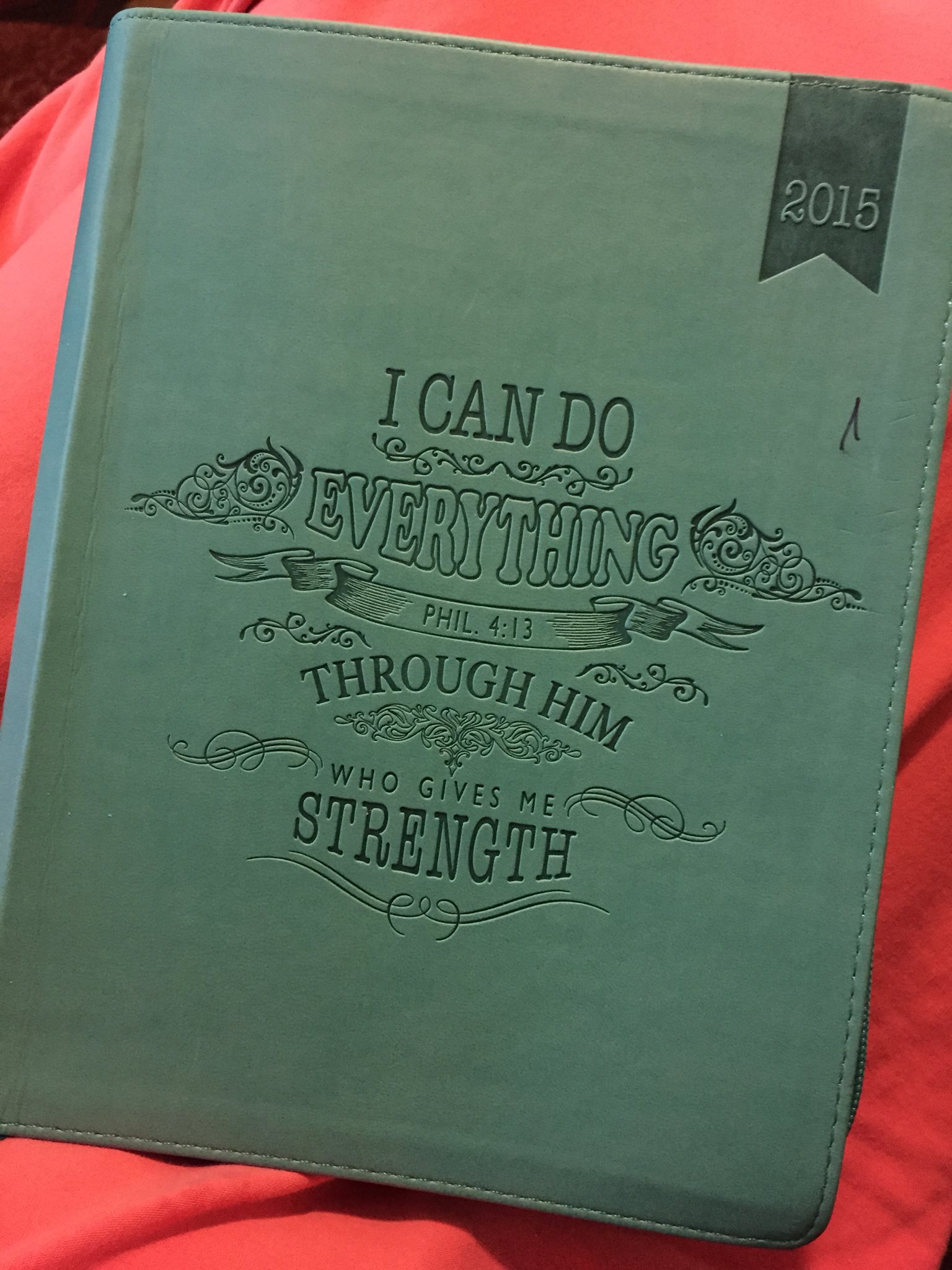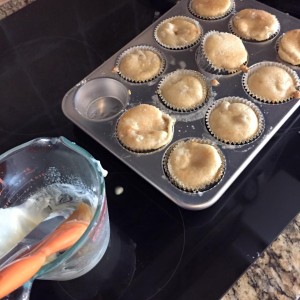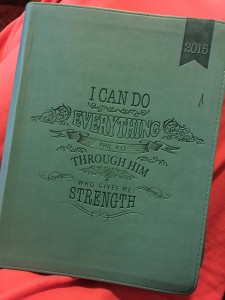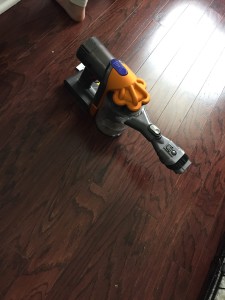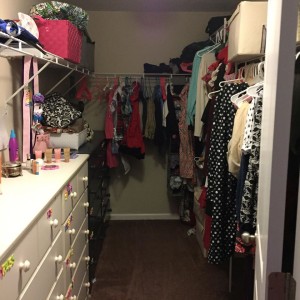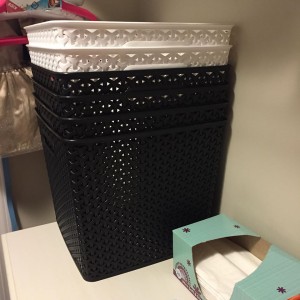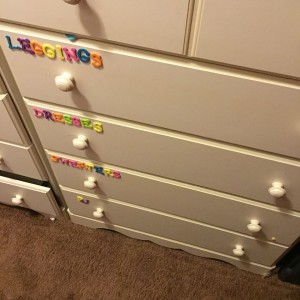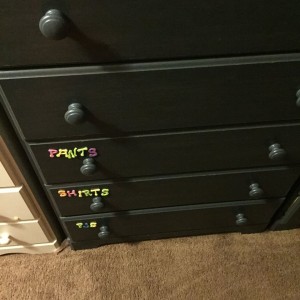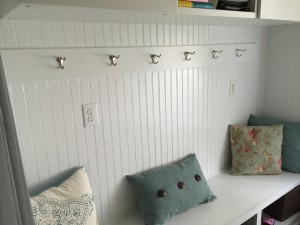Here is my confession for today: before I knew my second son had dyslexia and dysgraphia, I ended up using 3 different math curriculum before I found one I liked. I couldn’t get anything to stick. I was getting very worried that it was me, my teaching style, or that he would not grasp math.
Of course, the first curriculum I used in Kindergarten is a very popular math curriculum. This only furthered my frustration when it didn’t click with my son. The second we used for the first semester of 1st grade also gets awesome reviews but didn’t work well for us and then we went through a move and I switched to another curriculum to see if that would stick. Still no. I was getting desperate. I then read on a homeschooling forum about CLE (Christian Light Education) Math. This was much different from the other three math curriculum. This one is spiral the others were all mastery approach. This one teaches very short “lessons” the others do not. This one has built in speed drills, flash cards, practice, quizzes and tests!
By the end of 1st grade we had started him on CLE Math. By the time 2nd grade was in full swing we had noticed a huge improvement in his mathematical ability. He suddenly had gained confidence. He was retaining what he had learned! What’s more, on his end of year testing he was scoring years ahead of average. He now scores 3-4 grade levels ahead on math reasoning and computation is about 2 years ahead.
It might be that this math curriculum is no frills. There are no bright colors, there are no extra pieces to remember. For a kid with dyslexia or other learning disabilities all the colors and pictures might get too distracting. Think sensory overload. All the problems are in the thin workbook that, to be honest, doesn’t look like much. It is a very lightweight book called a “lightunit”. One year is made up of 10 of them. Each lesson only takes a few minutes to teach. There are a few practice question on what they learned and then several pages of practice questions reviewing what they’ve learned in previous lessons. There are questions even spanning things they learned in previous grade levels. This is the secret to keeping everything fresh in their minds!
The setup is the same in each lightunit. Lesson 5 and 10 are actually quizzes and then there is a test at the end of the book. I think this method gives the kids a sense of accomplishment. I like the few “extras” that can be purchased for first or second grade. There is a number chart, a calendar book and flash cards. I love this curriculum so much, that we are also using it on our 2nd grader and our oldest son, who has special needs.
He is excelling with this math program, as well, even through his moderate disabilities and delay. The short lessons are key for him. He feels rewarded by doing a quick lesson and then a bunch of review. He also truly enjoys the speed drills which he thinks are “easy” and he has succeeded at getting 100% in 1 minute on two drills. The others he’s been off by 1 or 2…which serves as a source of encouragement for him. (I want to note that I purposefully started him in a lightunit that I thought he already understood most of the material so that it wasn’t too challenging. Making work too hard has had a way of backfiring on us with him.)
All in all, I’m very pleased with CLE and I’m so happy I happened upon it several years ago. Please leave a comment and let me know what math curriculum you have used and which ones are your favorites!


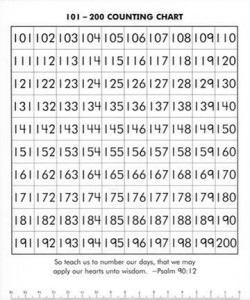
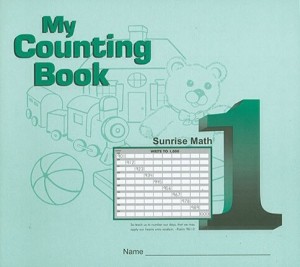
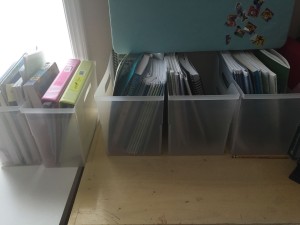
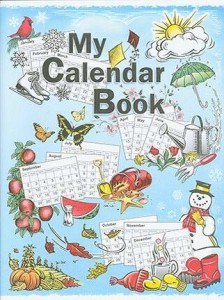
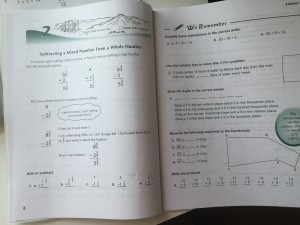
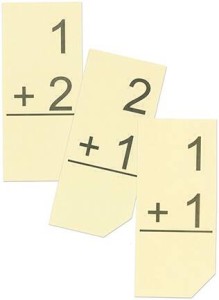
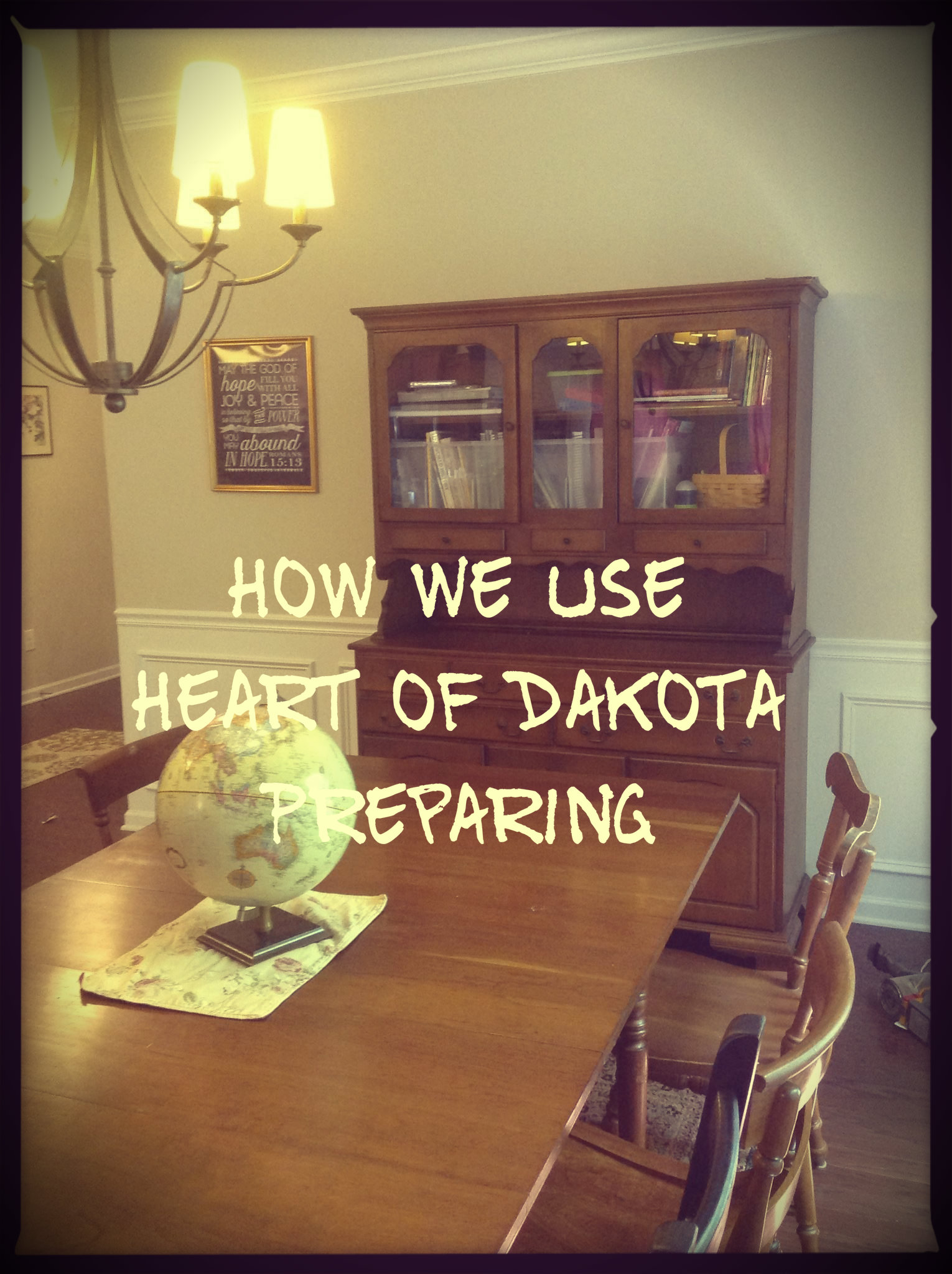
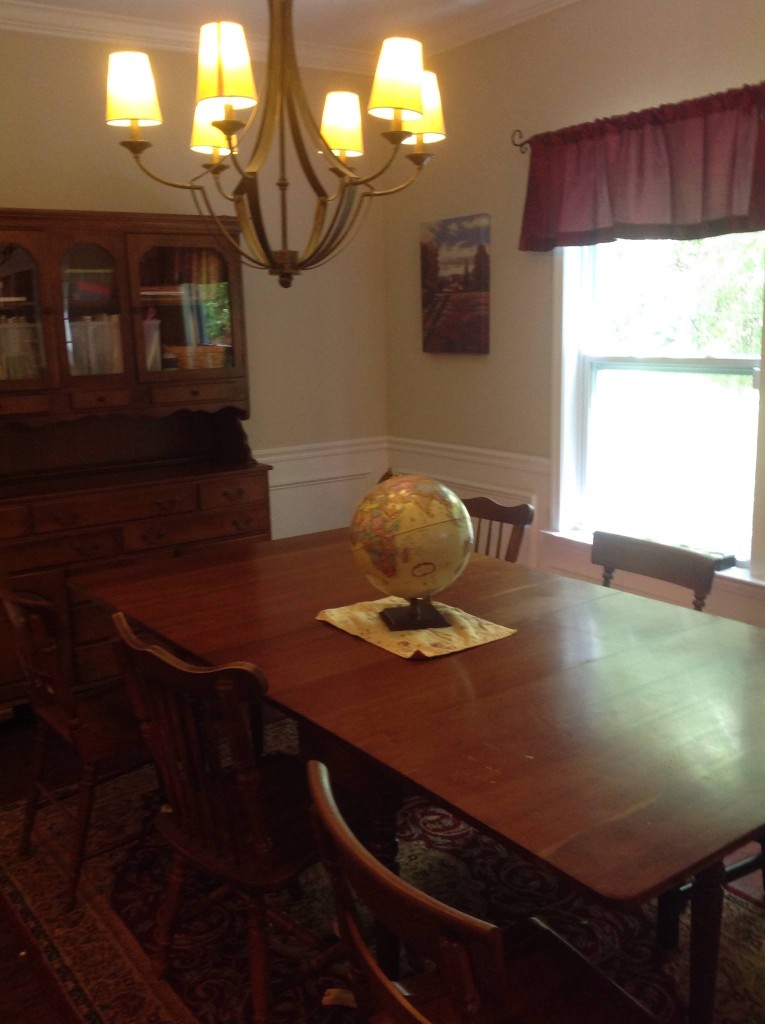
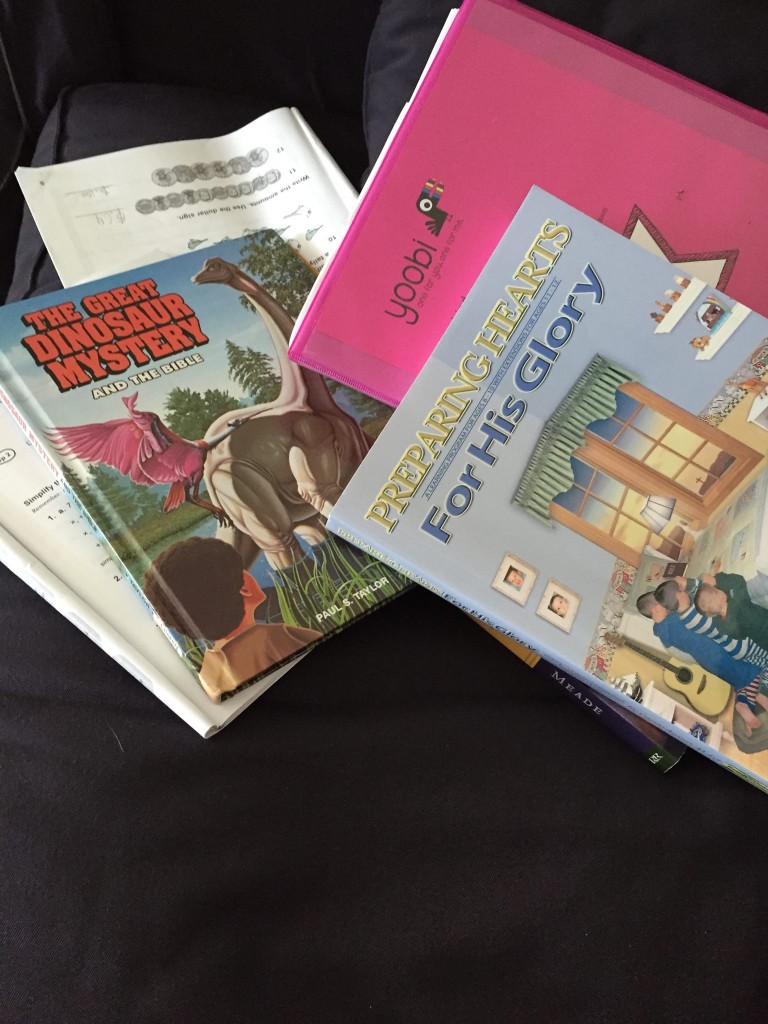 I have loved every minute of this curriculum. It is created in the style of Charlotte Mason, so the lessons are short and it includes copywork, art, poetry and Bible study. There are plenty of good literature selections included in the package, as well. We still use our own math, however, which is CLE (
I have loved every minute of this curriculum. It is created in the style of Charlotte Mason, so the lessons are short and it includes copywork, art, poetry and Bible study. There are plenty of good literature selections included in the package, as well. We still use our own math, however, which is CLE (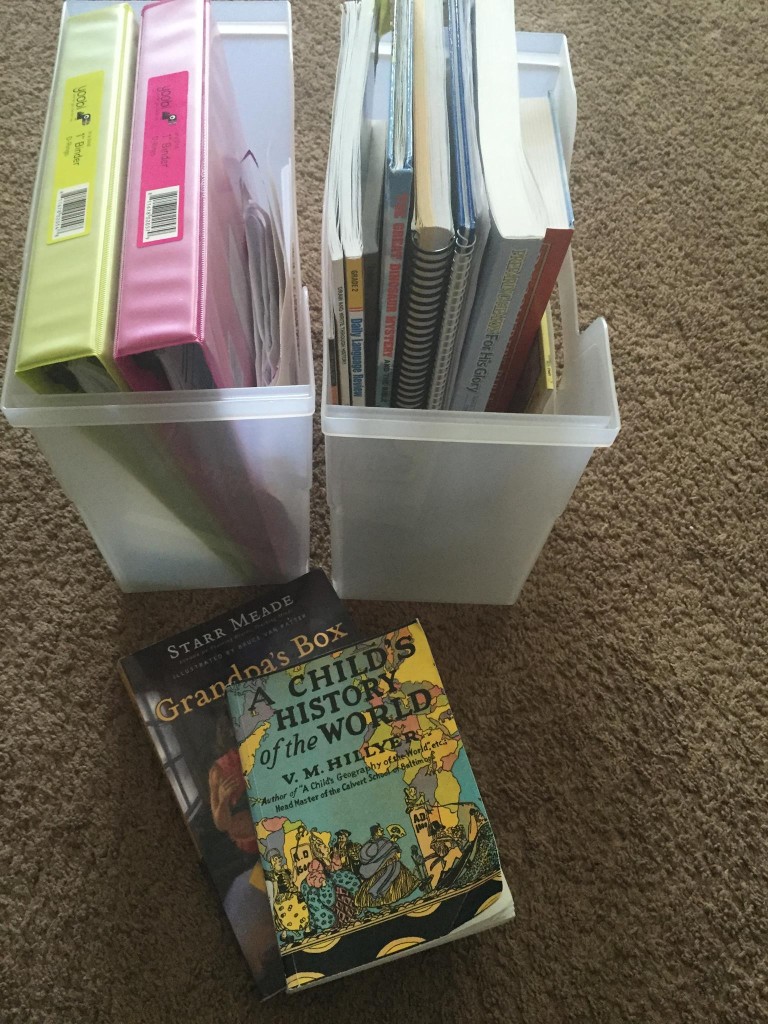
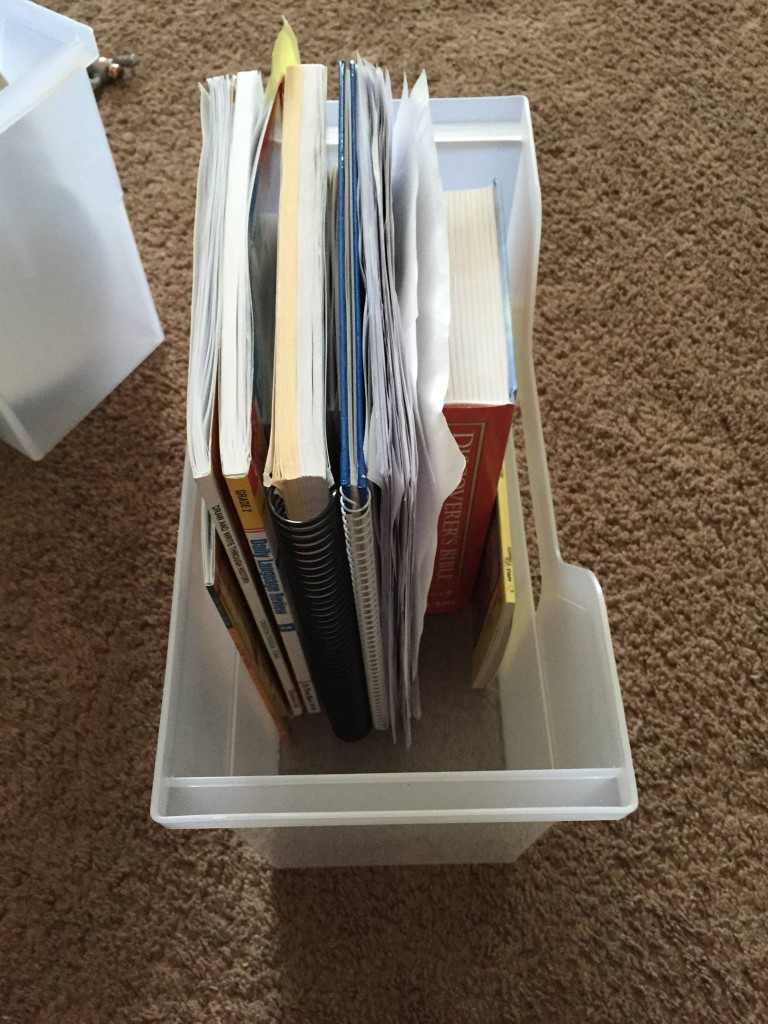
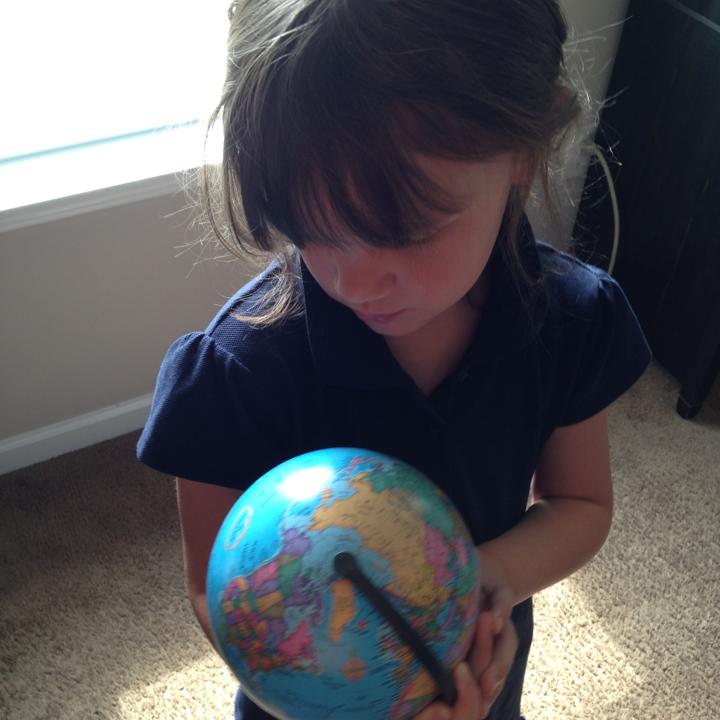
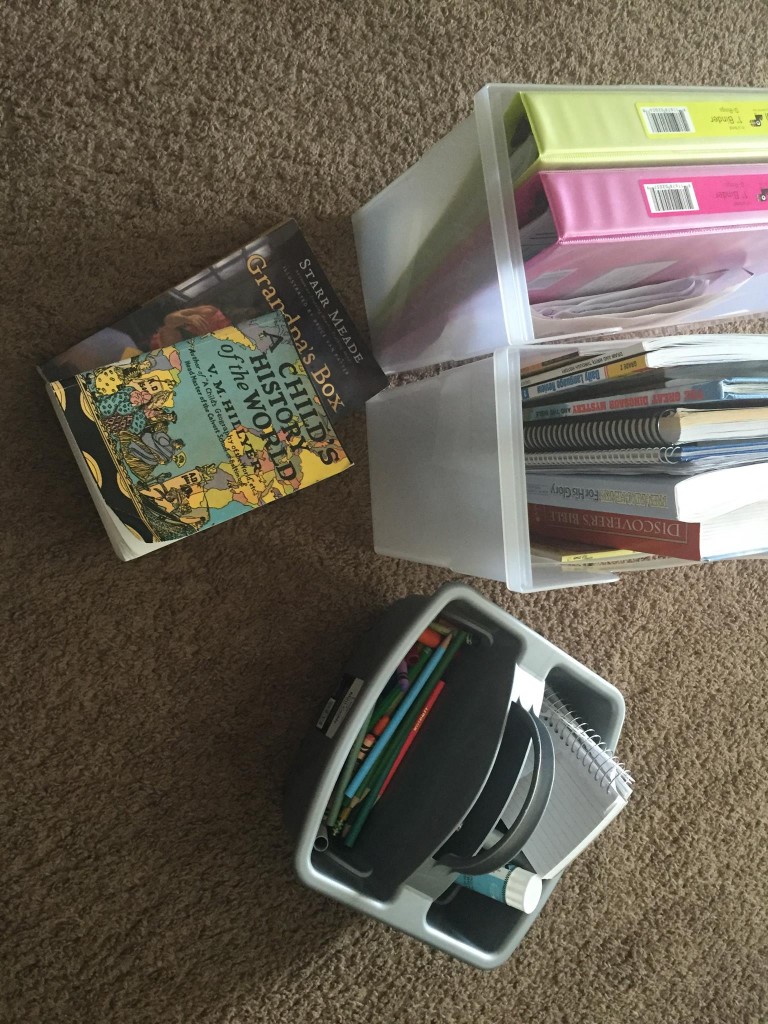

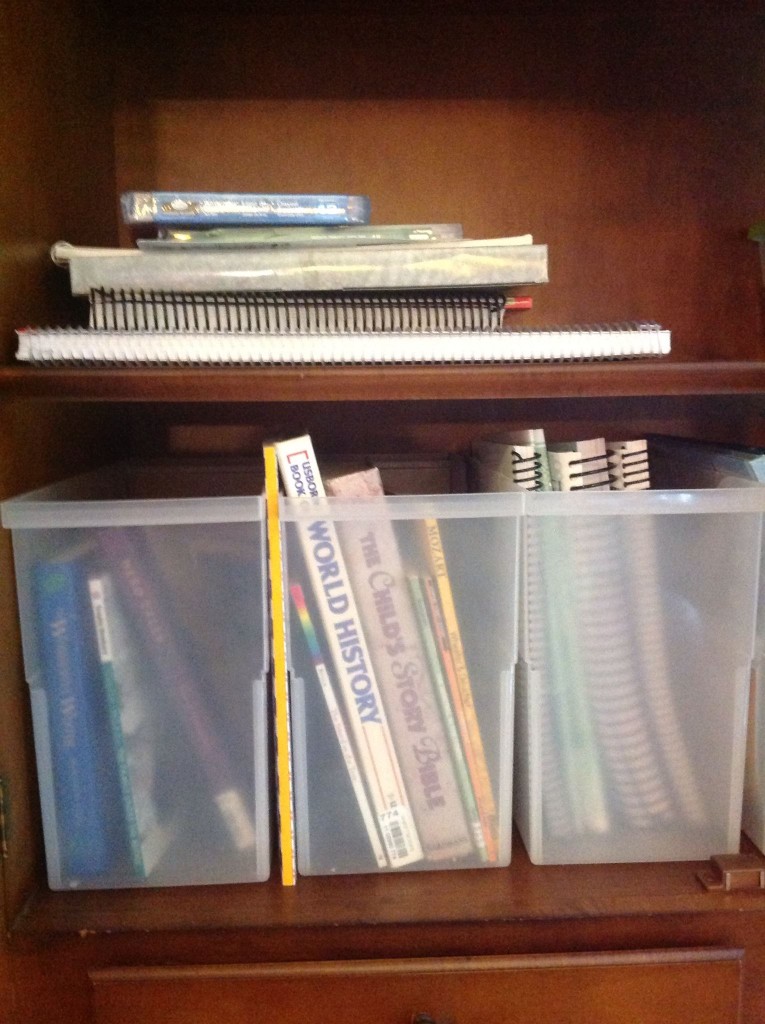 I also filled the other file bins… one with books I will use soon with the curriculum, one with my 10 year old’s spelling notebook and spelling cards, one with their math and language arts workbooks and the teacher books for each grade level. Another bin was left empty and I put books in there as I’m done reading them. I absolutely love these file folder bins and it has helped so much with keeping me organized and sane!
I also filled the other file bins… one with books I will use soon with the curriculum, one with my 10 year old’s spelling notebook and spelling cards, one with their math and language arts workbooks and the teacher books for each grade level. Another bin was left empty and I put books in there as I’m done reading them. I absolutely love these file folder bins and it has helped so much with keeping me organized and sane!